-
2019.01.17
Molecular allergen- based component-resolved diagnostic IgE antibody tests have emerged in the form of singleplex assays and multiplex arrays. They use both native and recombinant allergen molecules, sometimes in combination with each other, to supplement allergen extract-based IgE antibody analyses. The total number of available allergenic molecules has reached a diagnostically useful level; however, more molecules are needed to cover all the clinically important allergen specificities.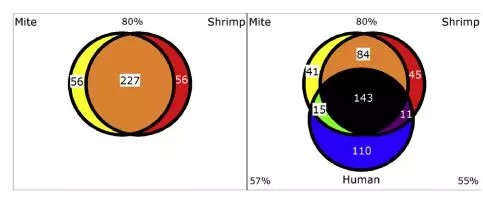 READ MORE
READ MORE -
2019.01.17
Despite their low frequency, drug hypersensitivity reactions (DHRs) can be serious and result in lifelong sequelae. The diagnosis is critical to avert future reactions and should identify the culprit drug or drugs and safe alternatives. However, making the diagnosis can be complex and challenging. Reliable in vitro tests can offer the potential to improve a diagnosis of DHR and influence medical decision making. Importantly, in vitro testing is frequently not performed as a test in isolation but rather as a component of a diagnostic algorithm along with additional tests. There are several in vitro approaches for the different endotypes of DHRs. READ MORE
READ MORE -
2019.01.17
Background: The most relevant time of PM10 exposure to affect airway hyperresponsiveness (AHR) and new development of asthma in school‐aged children is unclear.The aims of this study were to investigate the most critical time of PM10 exposure to affect AHR and new diagnosis of asthma from AHR in school‐aged children. Methods: Elementary schoolchildren (n = 3570) have been enrolled in a nationwide prospective 4‐year follow‐up survey in Korea from 2005 to 2006. Individual annual PM10 exposure was estimated by using an ordinary kriging method from the prenatal period to 7 years of age. AHR at 7 years was defined by a methacholine PC20≤8 mg/mL.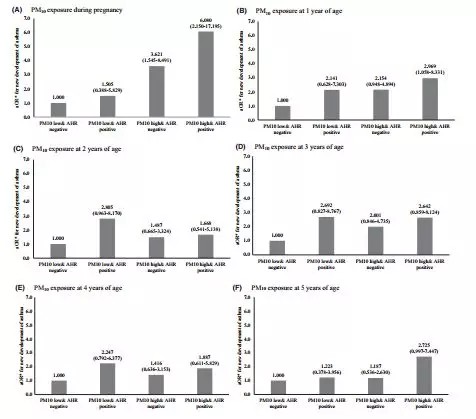 READ MORE
READ MORE -
2019.01.17
There are few studies comparing the sensitization with mite allergens from different mite species which could potentially be the cause of allergy. READ MORE
READ MORE -
2019.01.17
We sought to investigate commonalities in genetic loci and pathways between allergy and autoimmune diseases to elucidate shared disease mechanisms.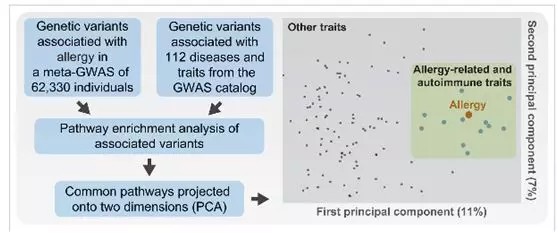 READ MORE
READ MORE -
2019.01.17
We investigated the changes in serum-specific IgE (sIgE) and IgG4 (sIgG4) against house dust mite (HDM) and its components Der p 1 and Der p 2 during specific immunotherapy (SIT), and evaluated the clinical efficacy thereof. READ MORE
READ MORE -
2019.01.02
Various allergenic proteins are produced by house dust mites (HDM). However, the allergenicity and clinical implications of these allergens are unknown.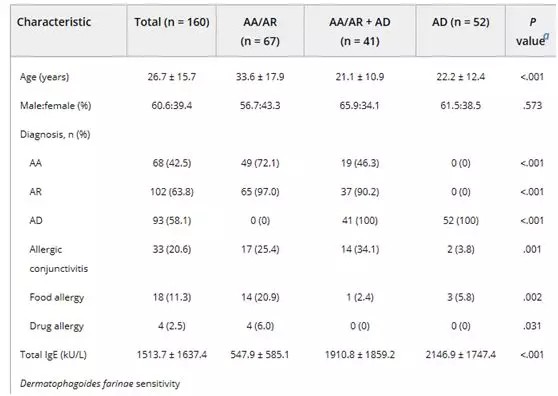 READ MORE
READ MORE -
2019.01.02
In patients allergic to mites IgE antibody test with a natural allergen extract does not reveal the nature of the sensitizing molecules. Polisensitization to House Dust Mites (HDM) and Storage Mites (SM) is frequently observed. The aim of this study is to define whether determination of molecular patterns of sensitization is useful for optimizing the diagnosis of these patients. READ MORE
READ MORE -
2019.01.02
Background: Component-resolved diagnostics using specific IgE to 2 S albumins has shown to be a valuable new option in diagnostic procedure. Ana o 3 is a 2 S albumin from cashew. The aim of this study was to investigate the role of Ana o 3-specific serum IgE in the diagnosis of cashew allergy and to identify cut-off levels to replace oral food challenges. Moreover, the value of additional determination of total IgE has been investigated.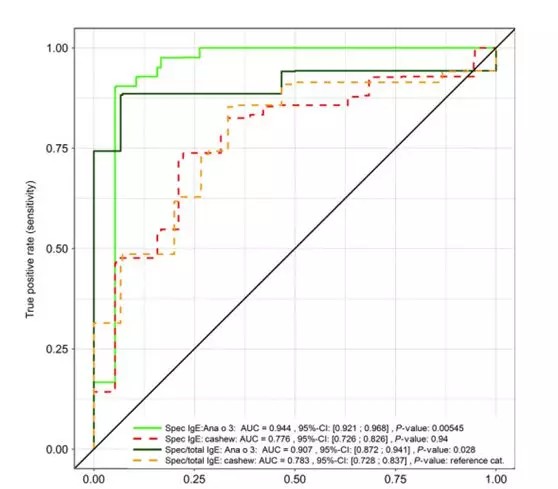 READ MORE
READ MORE -
2019.01.02
Today, in vivo allergy diagnosis and allergen-specific immunotherapy (AIT) are still based on allergen extracts obtained from natural allergen sources. Several studies analyzing the composition of natural allergen extracts have shown severe problems regarding their quality such as the presence of undefined nonallergenic materials, contaminants as well as high variabilities regarding contents and biological activity of individual allergens. Despite the increasing availability of sophisticated analytical technologies, these problems cannot be overcome because they are inherent to allergen sources and methods of extract production. READ MORE
READ MORE -
2019.01.02
Food allergy is a serious disease worldwide; it can significantly lower the standard of living of affected individuals and may be life-threatening. In particular, hypersensitivity to seafood has been increasing in recent years owing to rising consumption. The mucosal immune system plays a critical role in the onset of seafood allergy and other allergic diseases. Recently, experimental and clinical evidence has shown that probiotics significantly modulate immune responses and thus suppress allergic reactions.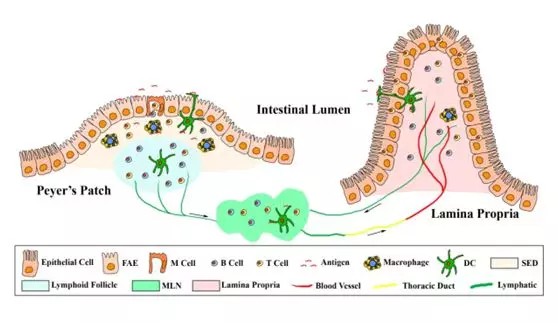 READ MORE
READ MORE -
2018.12.24
RATIONALE: Mites are one the most important sources of allergens associated with allergic diseases. Although immunotherapy is the only form of treatment that can alleviate these conditions, allergenic extracts used for such purposes are not well defined. READ MORE
READ MORE -
2018.12.24
RATIONALE: Peanut is an important food allergen because of its clinical severity and increasing prevalence, especially in some western countries. However few data came from China.METHODS: A careful history; skin prick test for peanut; specific IgE for peanut (ImmunoCAP); peanut challenge test, SDS-PAGE electrophoresis for peanut extract, immunoblot. READ MORE
READ MORE -
2018.12.24
House dust mites (HDMs) represent one of the most important inducers of respiratory allergies worldwide.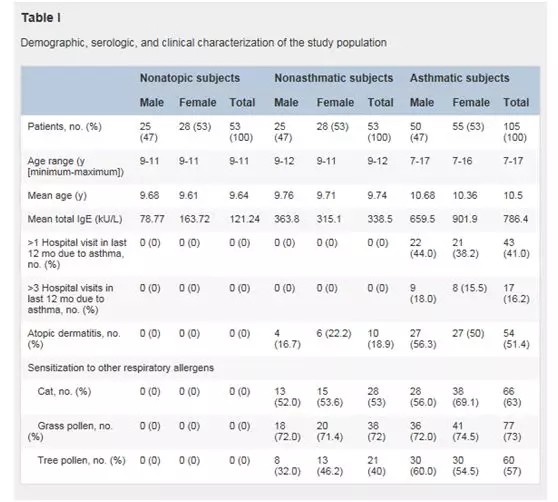 READ MORE
READ MORE -
2018.12.24
Background: Bet v 1 and homologous proteins represent major allergens for almost 95% of patients allergic to tree pollen and approximately 70% of those allergic to fruits and vegetables. As yet, no continuous (sequential) IgE epitopes have been determined for Bet v 1, and evidence has accumulated that Bet v 1 IgE epitopes belong to the conformational (discontinuous) type. Objective: A panel of 85 mouse monoclonal anti-Bet v 1 antibodies was raised as a tool with which to study the interaction of human IgE antibodies with Bet v 1. Methods: The epitopes of selected monoclonal antibodies (mAbs) were characterized by mapping with synthetic overlapping peptides and by cross-competition experiments.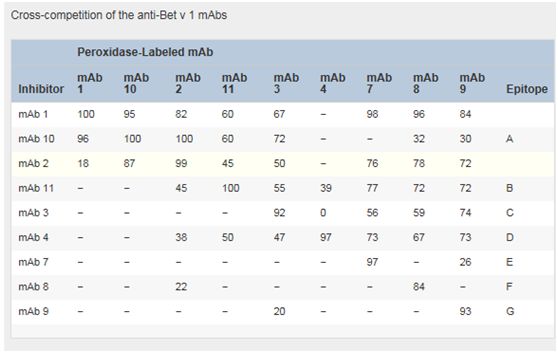 READ MORE
READ MORE -
2018.12.20
Prior studies indicate that hazelnut component testing (HCT) may serve as a better indicator for clinical reactivity than skin prick (SPT) and hazelnut-specific IgE testing (hIgE) in patients with birch pollen allergy. The efficacy of HCT in determining clinical reactivity represents a potential gap in clinical management. READ MORE
READ MORE -
2018.12.20
Tree nuts allergy is one of the most common food allergies. In our study we evaluate the sensitization profile in our population. READ MORE
READ MORE -
2018.12.20
Food allergy to hazelnut occurs both with and without concomitant pollen allergy.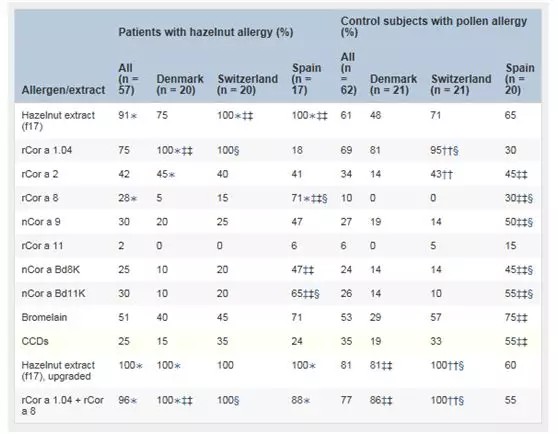 READ MORE
READ MORE -
2018.12.18
Soy allergy is one of the most common food allergies. The presence of IgE specific to soy component storage proteins Gly m4, m5, and m6 has been indicated as a means to improve the specific identification of systemic and local soy allergic reactions. READ MORE
READ MORE -
2018.12.18
Incidence of food allergy is increasing, including diseases with apparently unique pathophysiologic pathways such as eosinophilic esophagitis (EoE), milk anaphylaxis and galactose-alpha-1,3-galactose (alpha-gal) allergy. The role of IgE in these diseases has been well studied, though the contribution of other antibody subtypes, including IgG4, is less clear. READ MORE
READ MORE
 hth官方网页版中国有限公司
hth官方网页版中国有限公司
